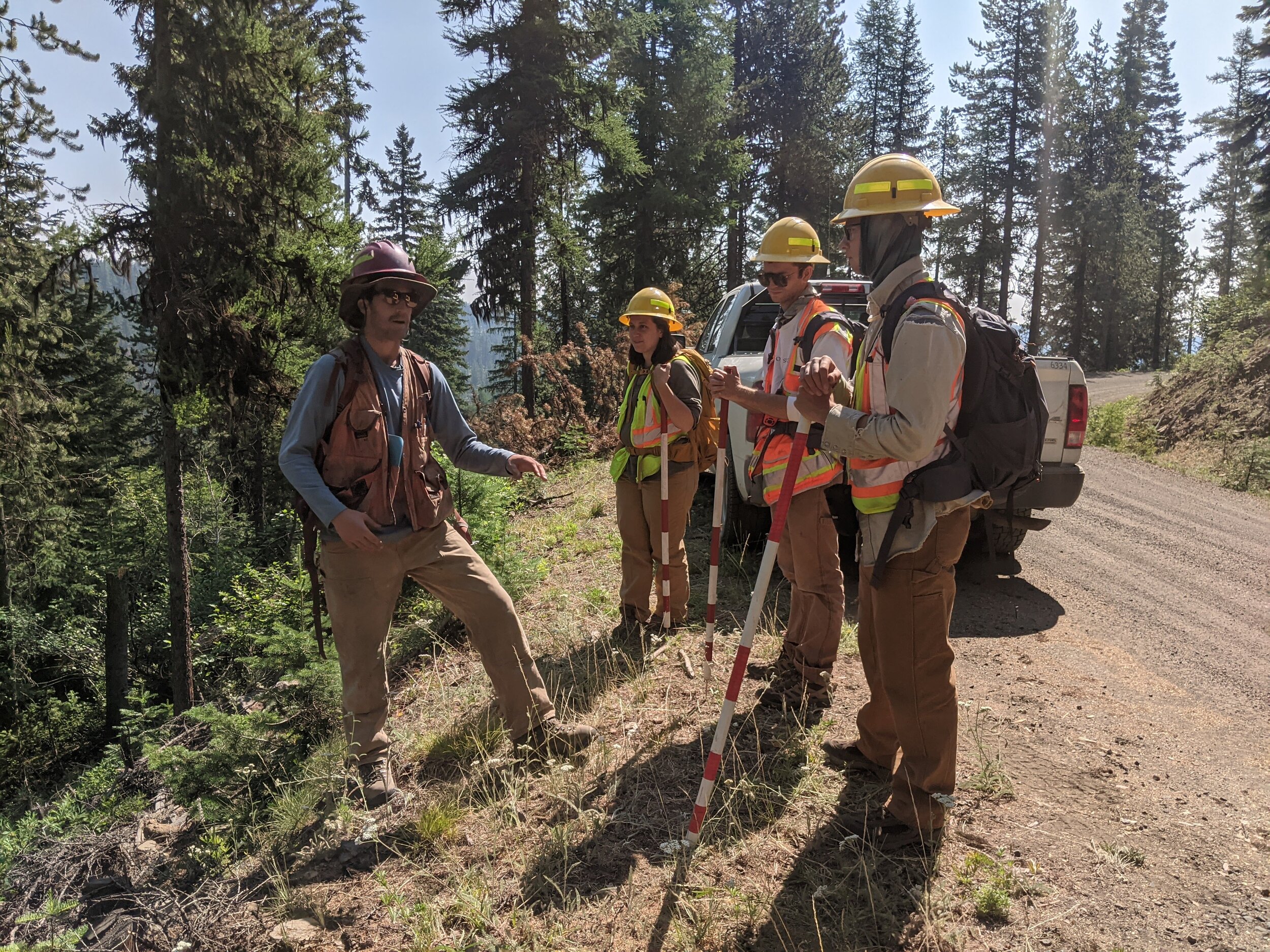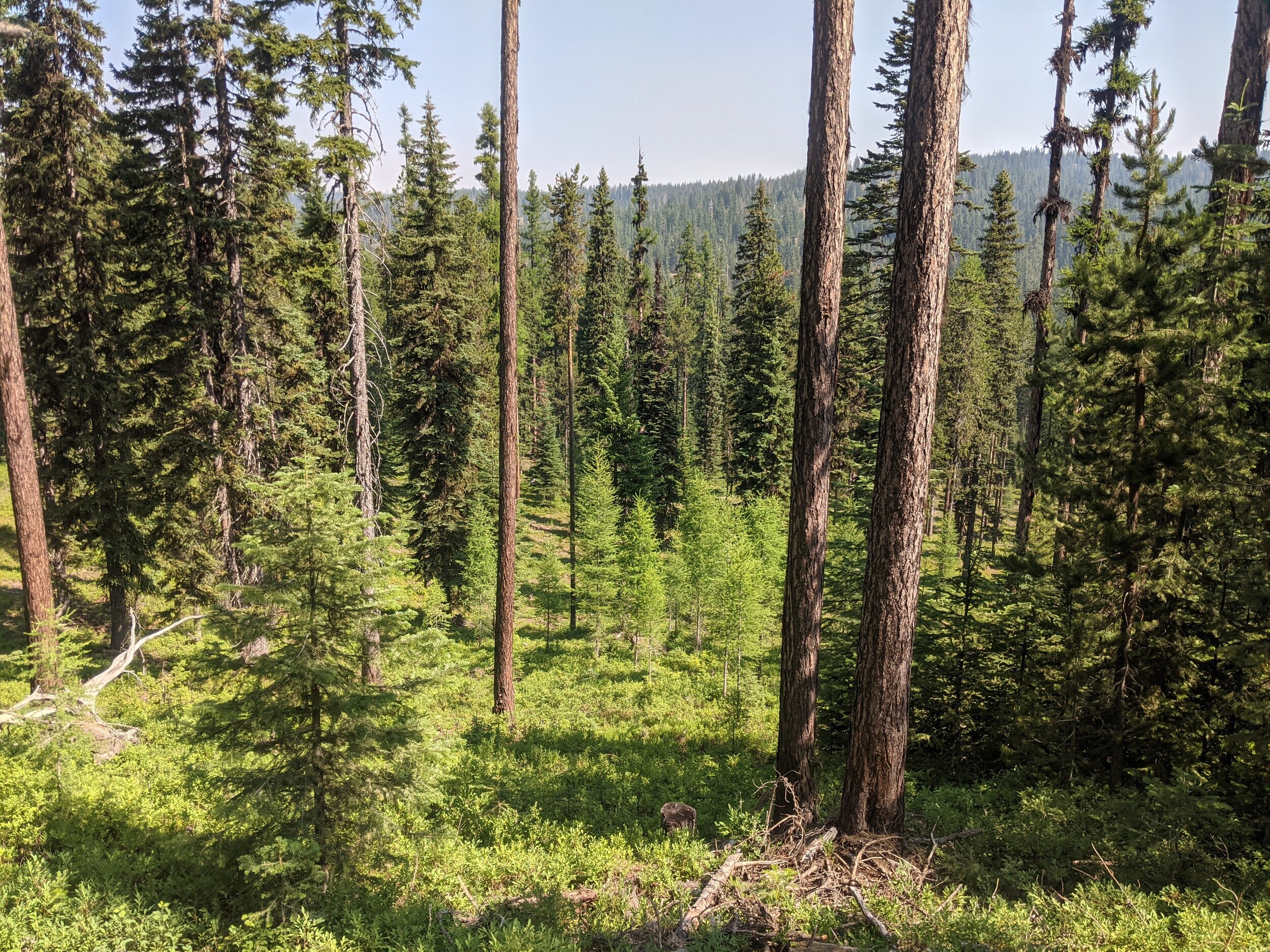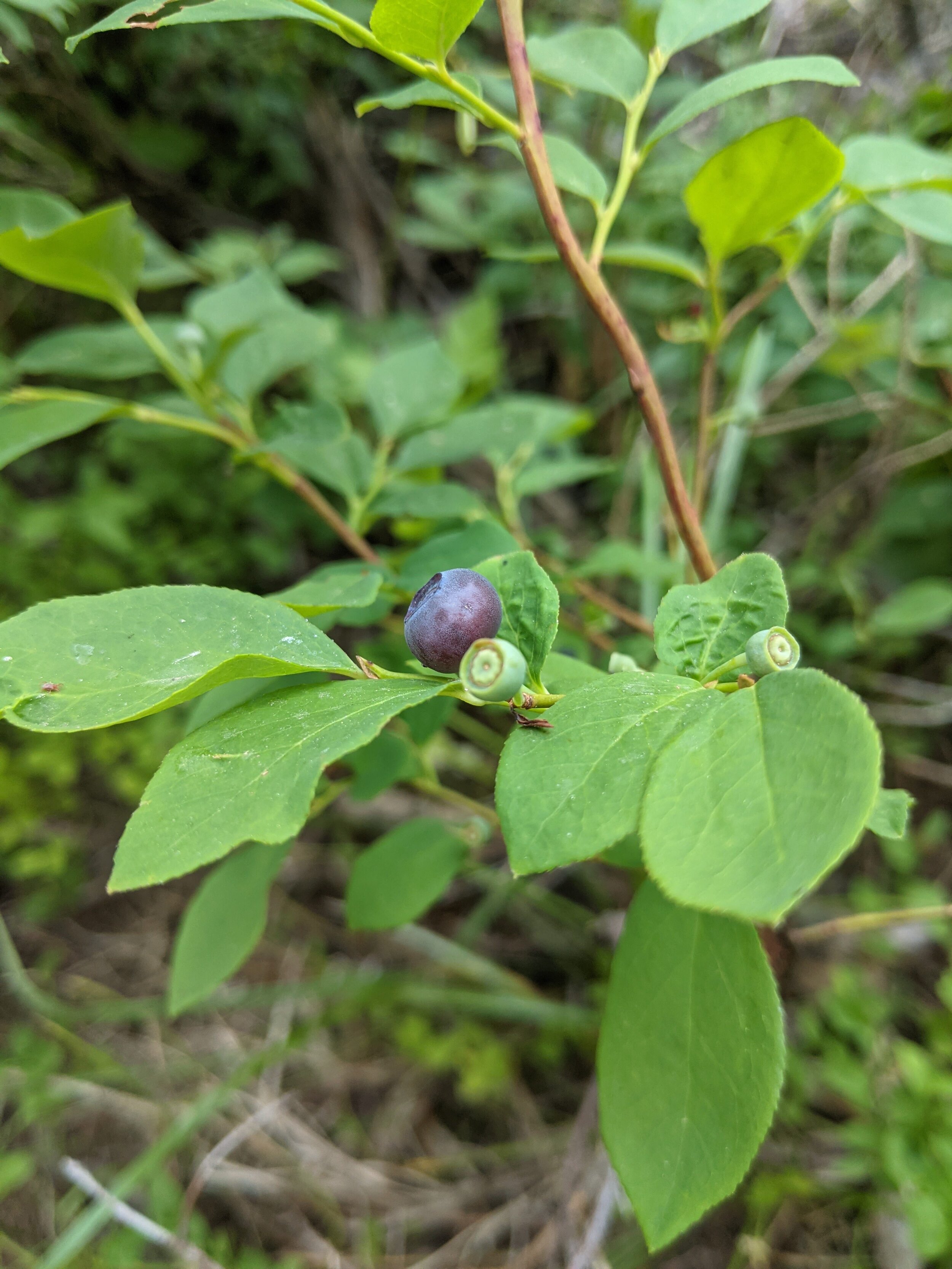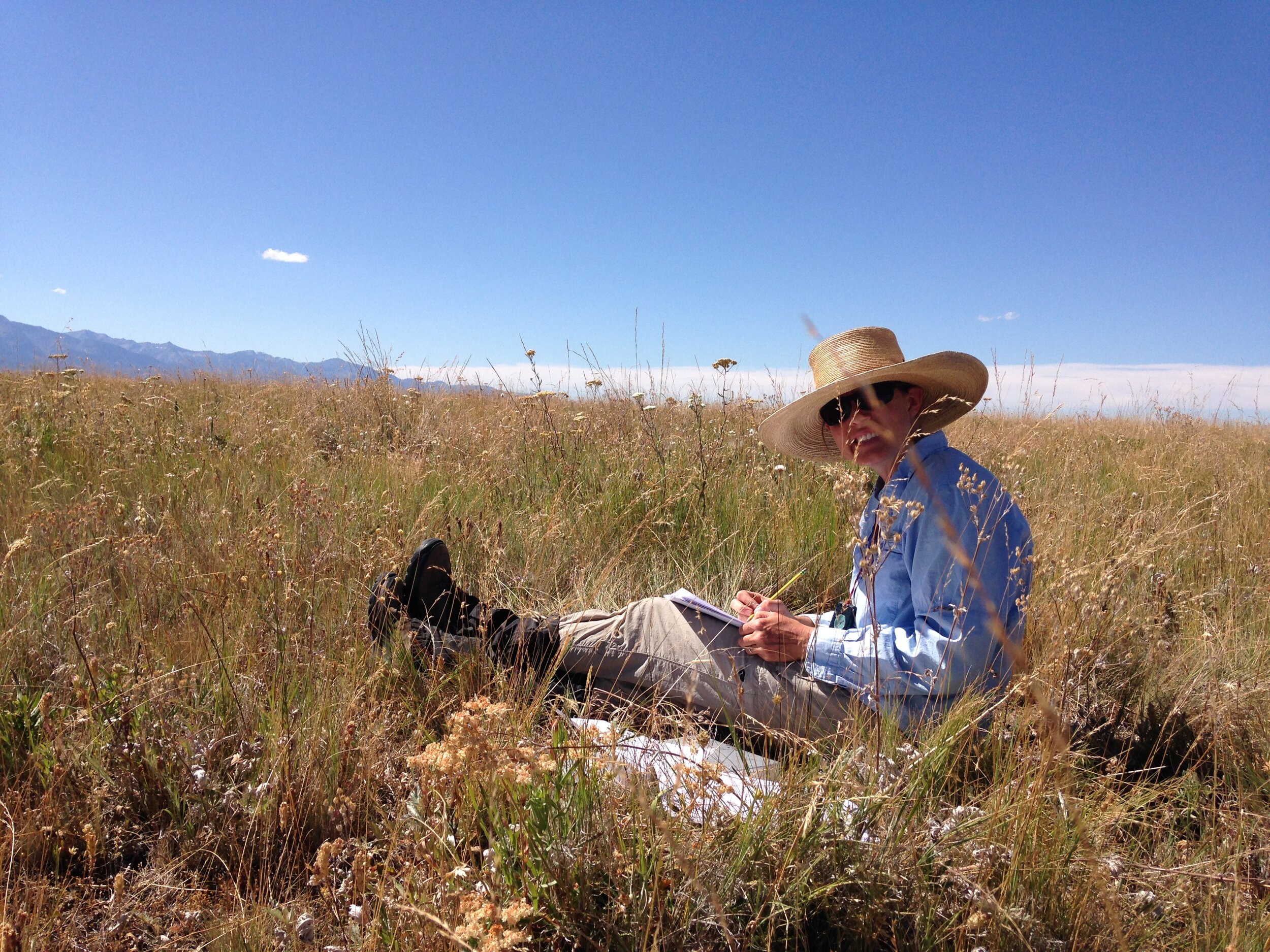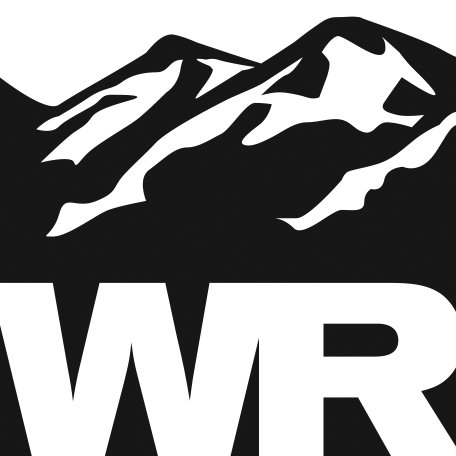Wallowa Resources has engaged in both monitoring and restoration since the organization’s inception
We’ve conducted implementation monitoring on stewardship projects; assisted with socioeconomic analysis of stewardship contracts and natural resource businesses; and worked with partners to assess the impacts of our work. In 2020 and 2021, we obtained significant resources to expand monitoring and restoration, and created full-time positions to reflect this expansion. We are now involved in monitoring and restoration efforts within our Land Stewardship, Education and Economic Development Programs, as well as working with public and private partners on the types of projects described below.
Why Monitor?
Monitoring is a critical tool because it:
Measures progress toward restoration objectives
Informs project and program improvements
Advances restoration knowledge through adaptive management
Measures progress toward restoration objectives
Informs project and program improvements
Advances restoration knowledge through adaptive management
Why Restoration?
Restoration projects form a huge part of our land stewardship strategies. We take innovative approaches to create projects that are at appropriate scales and positively affect working lands.
Forest Restoration and Monitoring
Recognizing the decline in forest health and the increased risk of catastrophic wildfire in Northeast Oregon and Southwest Washington, diverse partners across the region have come together to form the Northern Blues All Lands Partnership to accelerate the pace and scale of forest restoration. Wallowa Resources spearheaded the formalization of the Partnership when the partners received a 10-year, multi-million dollar grant through the National Forest’s Collaborative Forest Landscape Restoration Program (CFLRP). Within the All Lands Partnership, Wallowa Resources staff coordinate several resource teams including the Monitoring Team, which is developing a multi-party monitoring strategy for the CFLRP project area.
Workforce Training
A core component of the monitoring strategy is to measure forest structure, composition, understory vegetation, and fuels both before and after restoration treatments. Wallowa Resources has a seasonal Monitoring Crew that travels throughout the CFLRP area and makes these measurements, as well as incorporating monitoring activities into the High School Internship HAWK program and an analogous program at our sister organization, Baker Resources Coalition. The crew and students not only collect valuable data for the Partnership, but they also gain real-world forestry skills and experience in the process.
Economic Impacts
Another important aspect of the monitoring strategy is measuring the impacts of forest restoration activities on jobs and labor income in local communities. Wallowa Resources is developing tools to assess those impacts through the Rural Engagement and Vitality Center at Eastern Oregon University.
Threatened and Endangered Species Monitoring
We have highly valuable rangelands in our region. We work with private and public partners to assess how range management affects the ecology and socio-economics of our local landscapes. One of the components of effective range management in our region involves protection of rare plant species. Wallowa Resources works with the US Forest Service, US Fish and Wildlife Service, Bureau of Land Management, The Nature Conservancy, and private landowners to monitor and implement recovery actions for two plant species listed under the Endangered Species Act (ESA): Spalding’s catchfly and MacFarlane’s four-o-clock. Our hope is that we can work towards innovative solutions in range management to positively affect these species’ habitat and, as a result, improve their longevity.
Medusahead and Annual Invasive Grass Monitoring
In 2018, with support from Oregon Watershed Enhancement Board, the Wallowa Canyonlands Partnership partnered with The Nature Conservancy and private landowners to test efficacy of re-vegetation efforts following herbicide treatments on medusahead rye infested sites on the Zumwalt Prairie. We wanted to see if there are better germination and seedling persistence results when we put out seed immediately following treatments, or at various intervals. We took pre-treatment data in 2019 and will collect follow-up data in 2021 and 2022. We hope projects like this give us insight into our management practices and assist in the adaptive management cycle.
